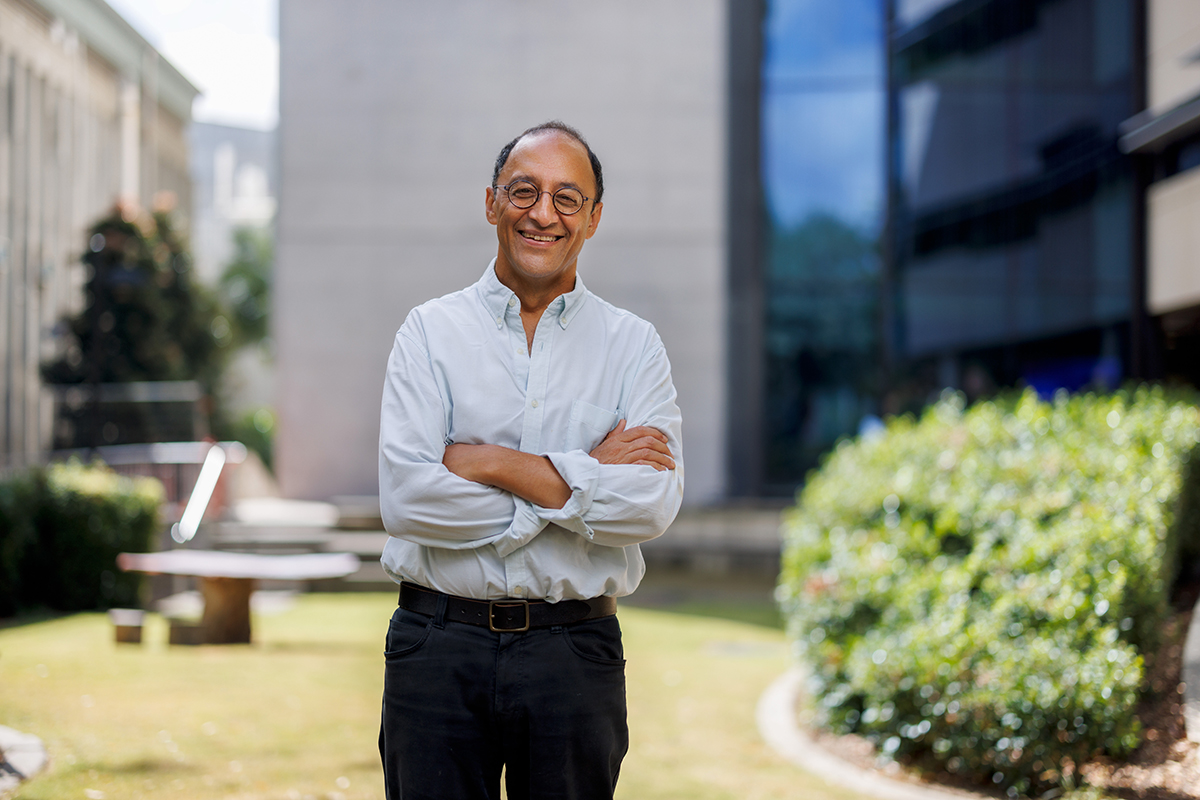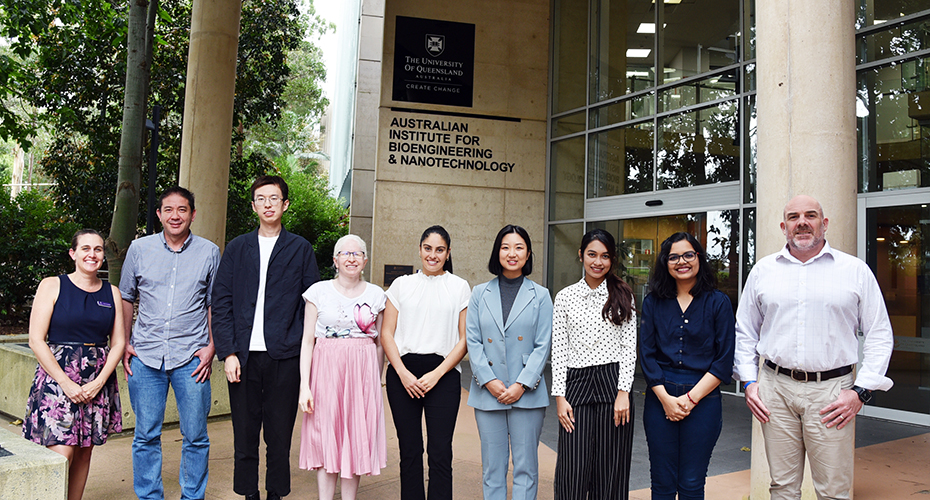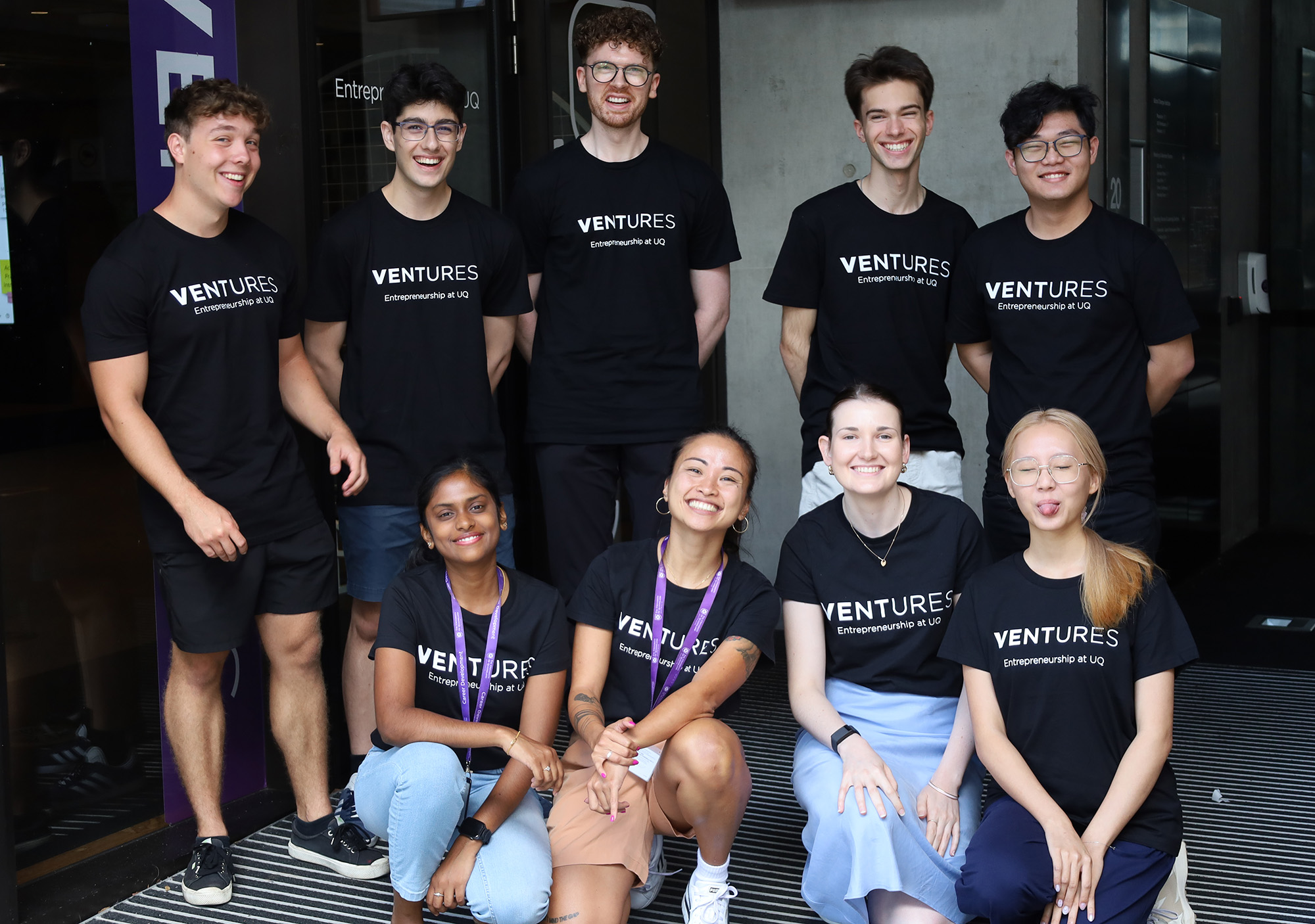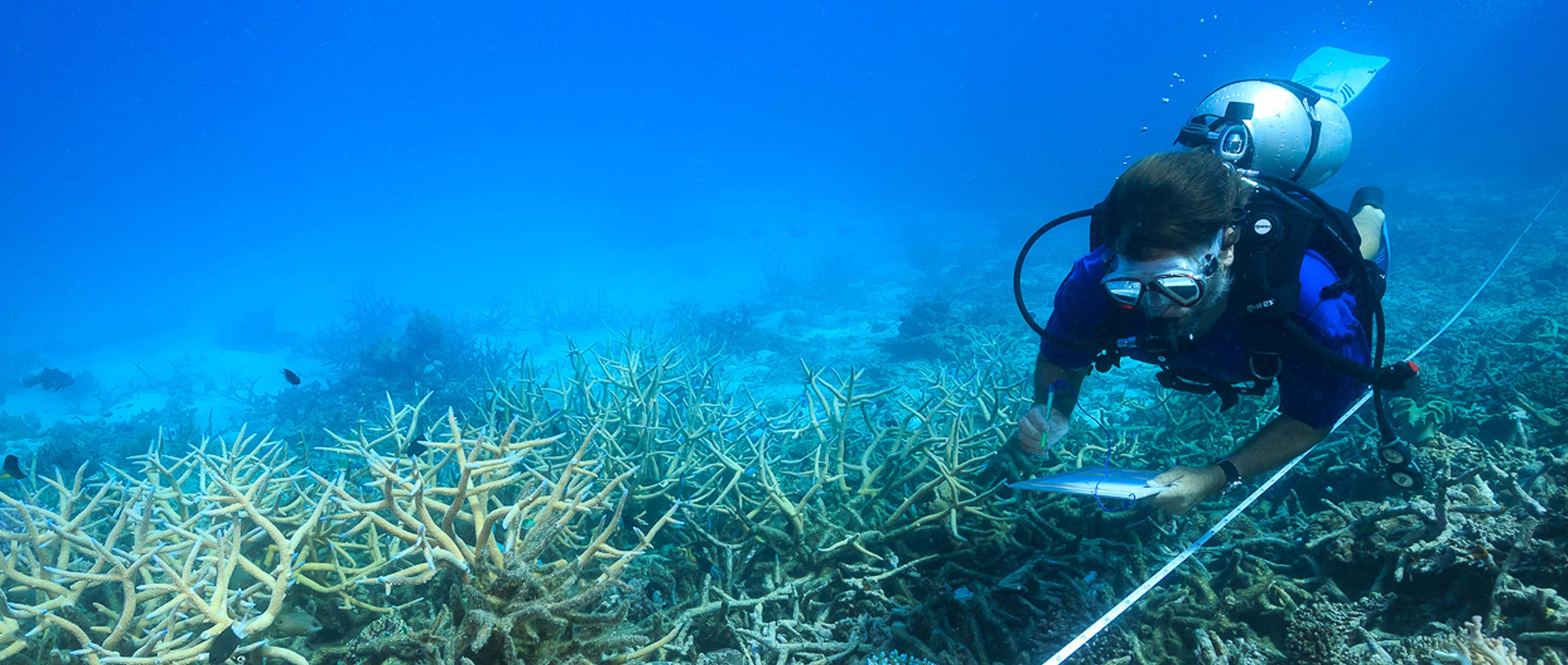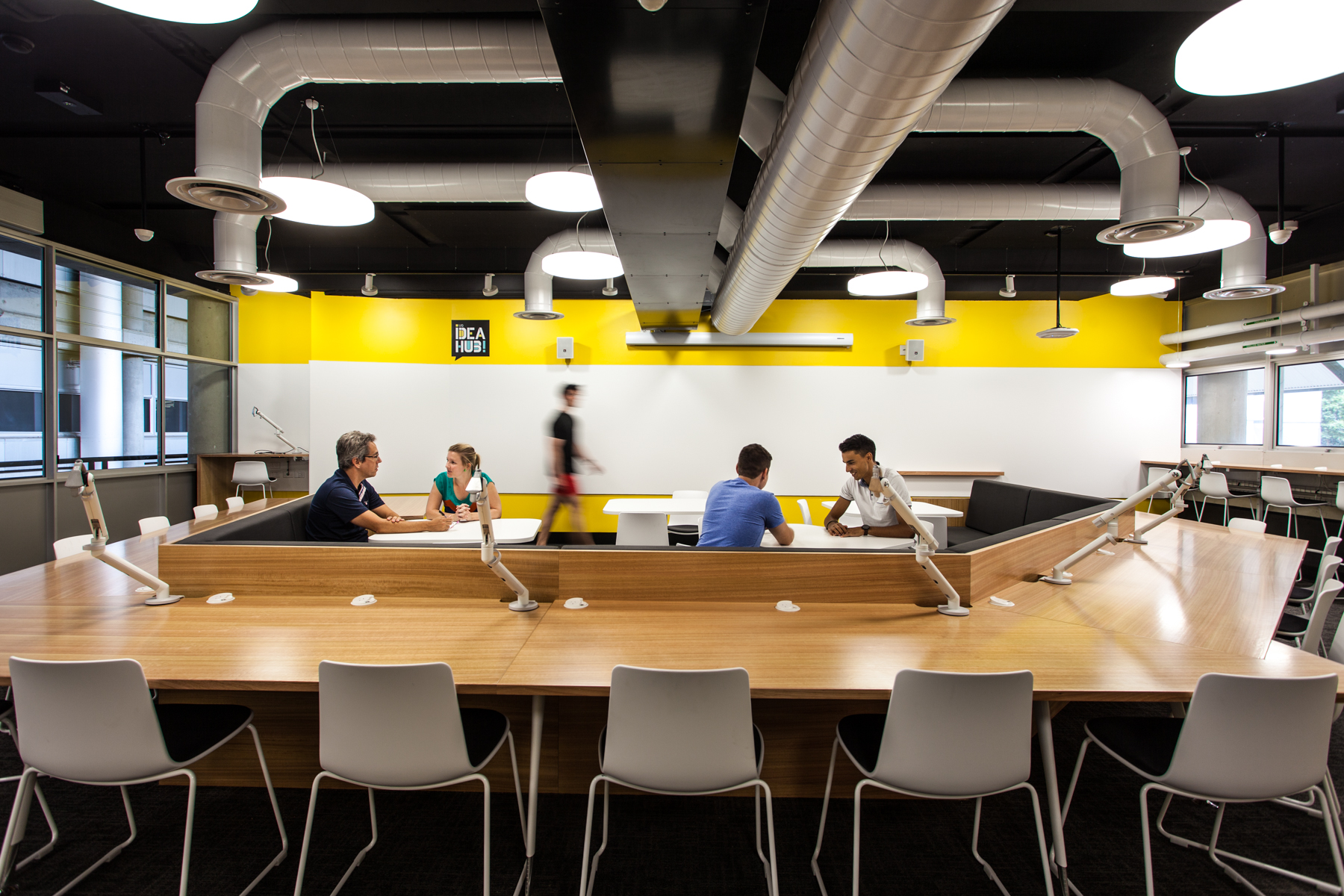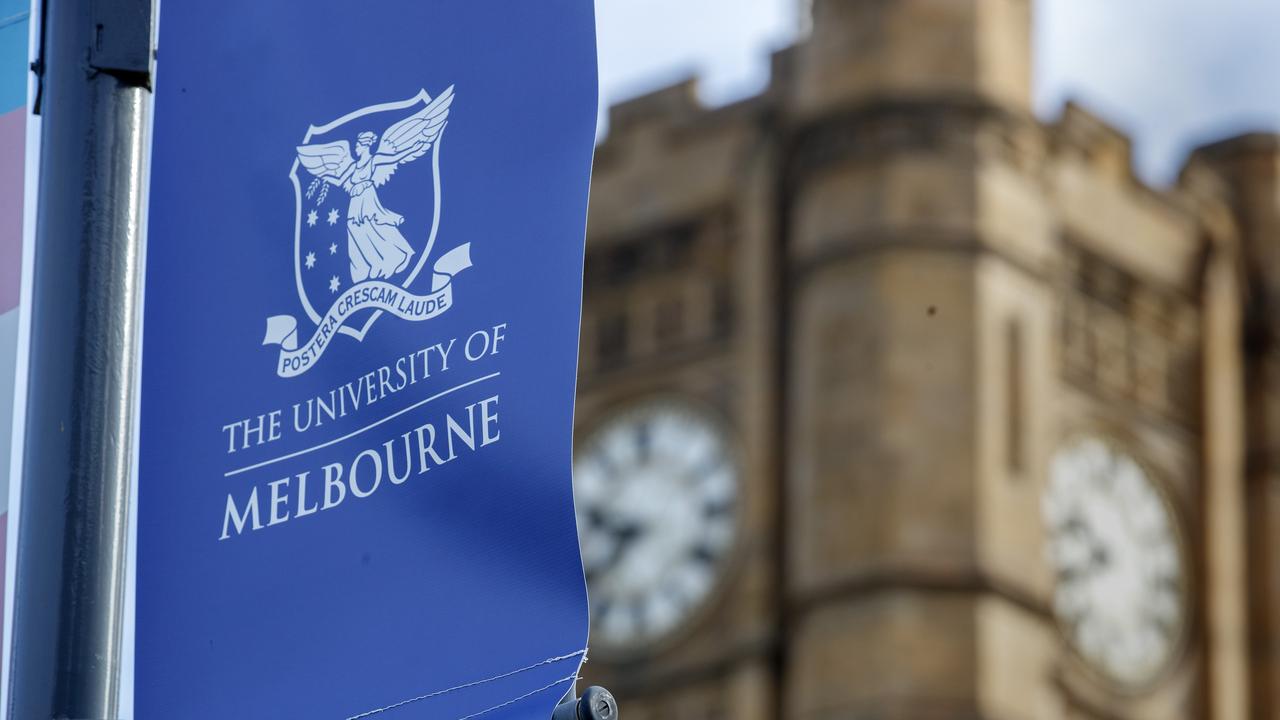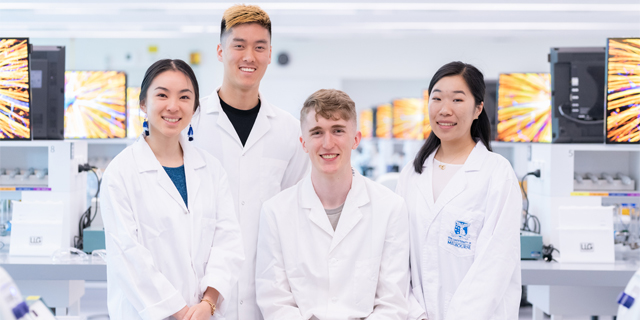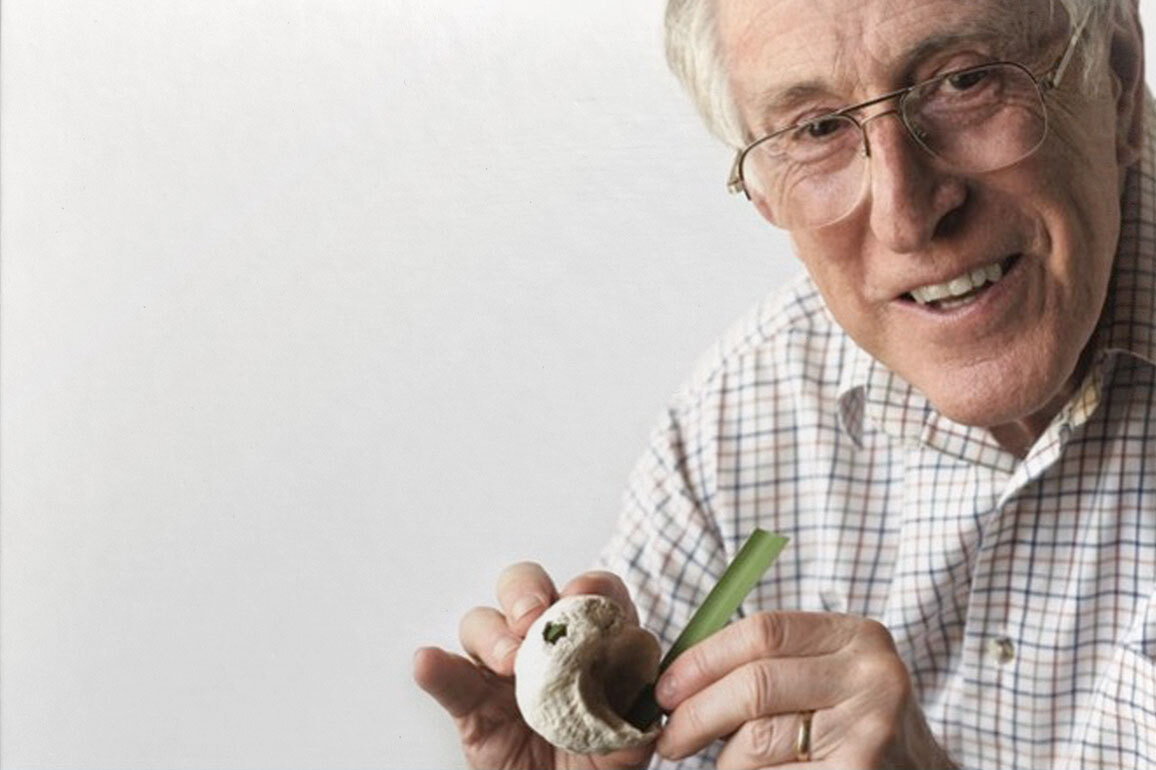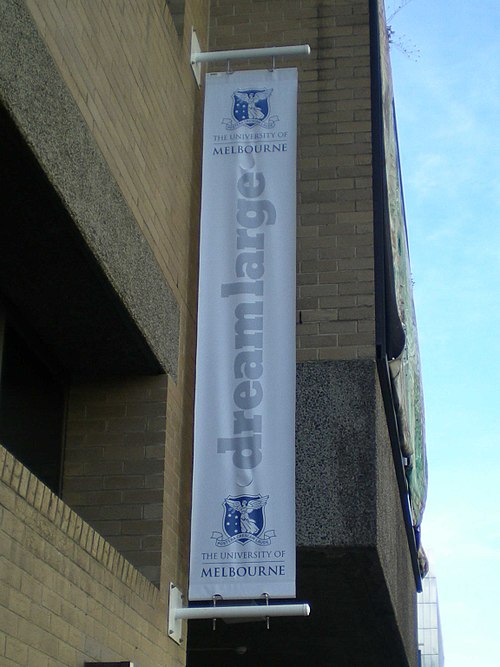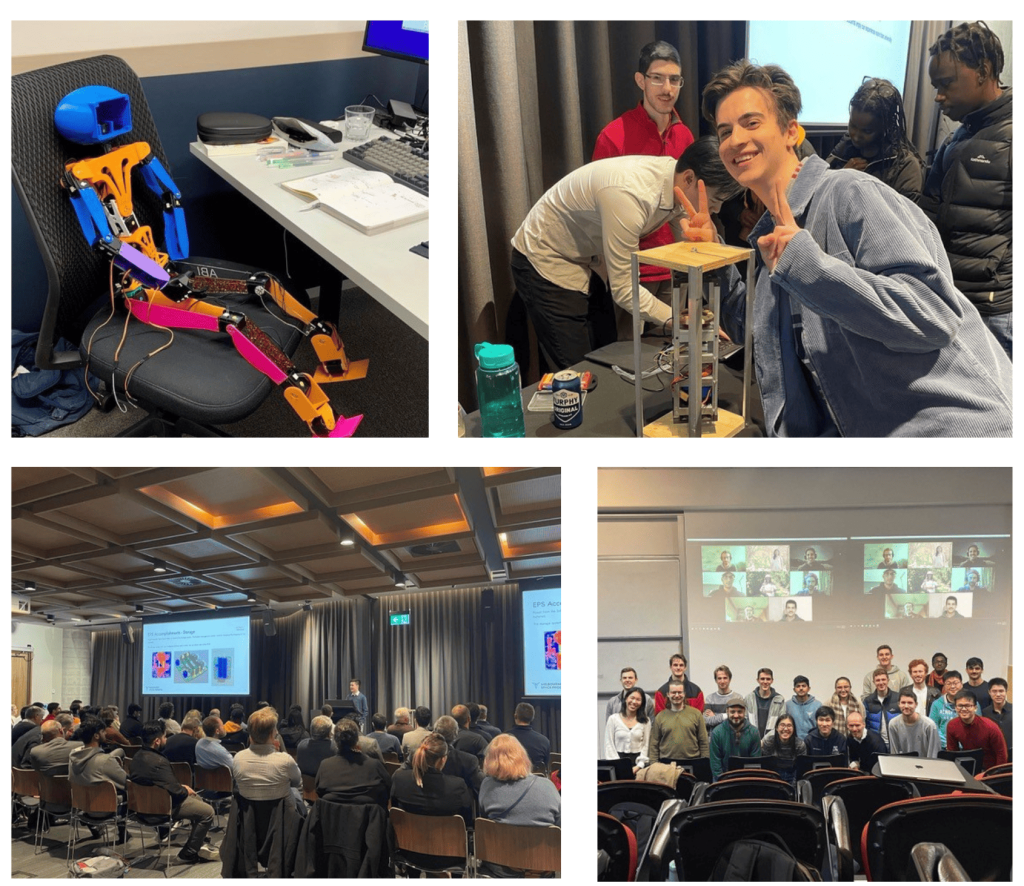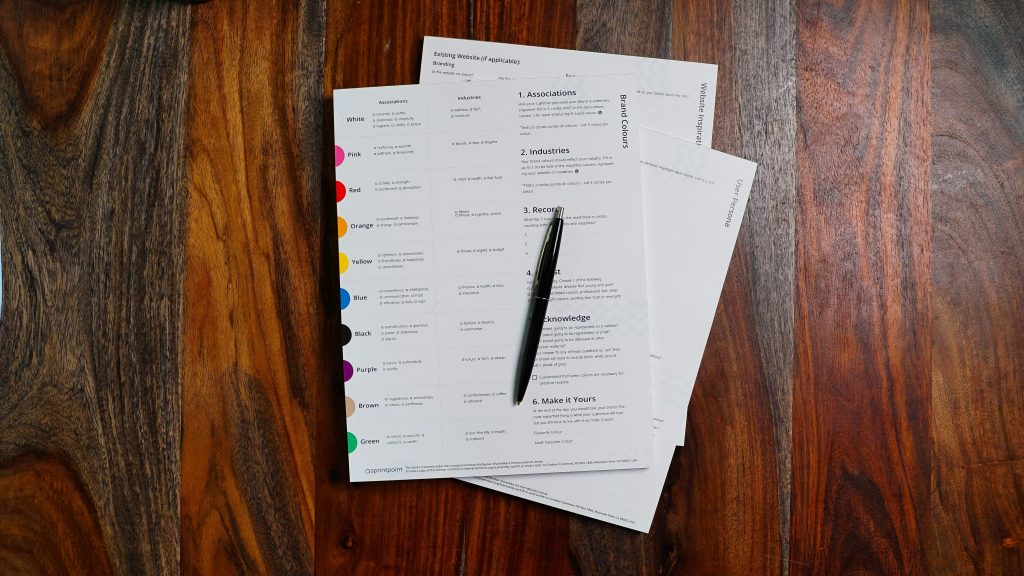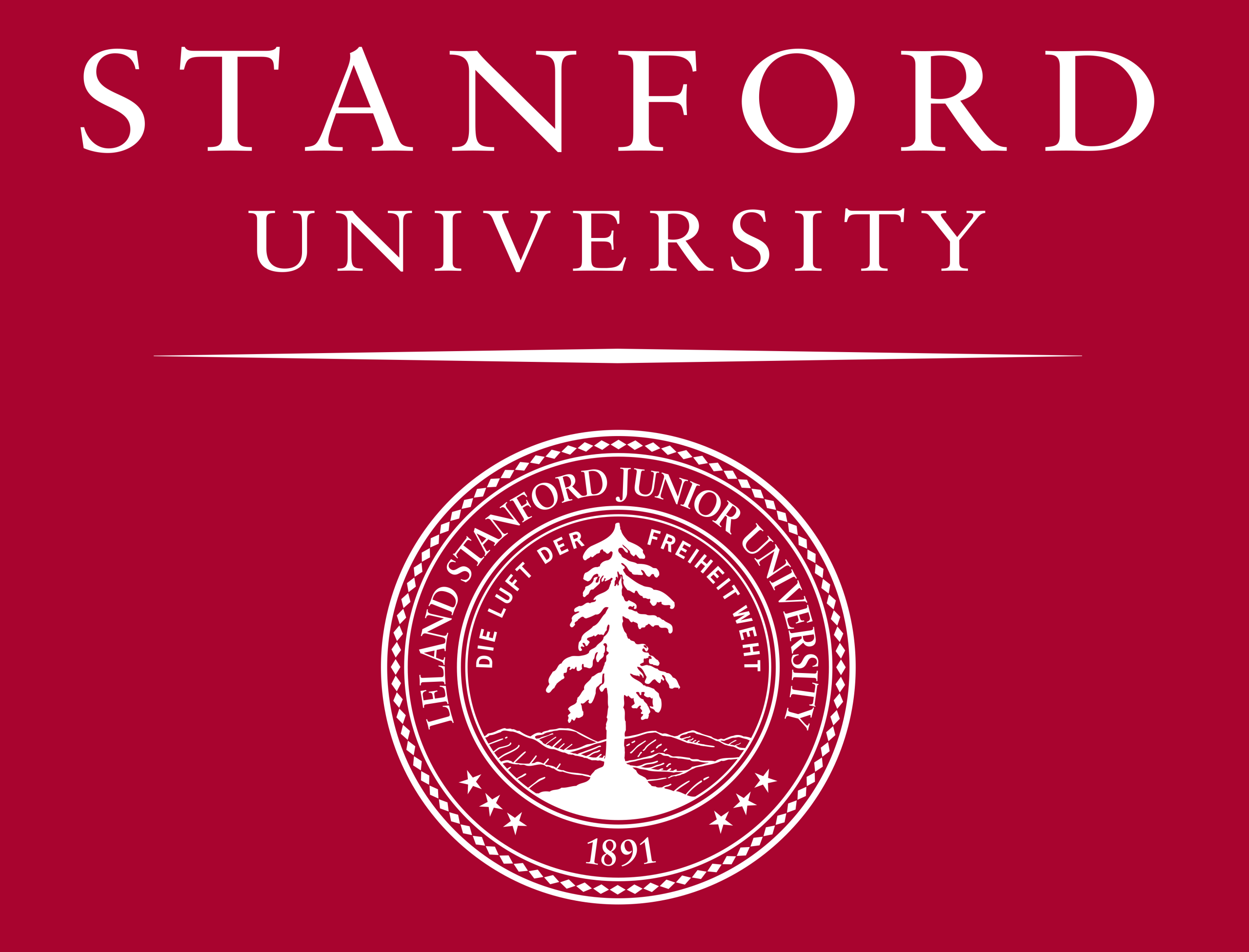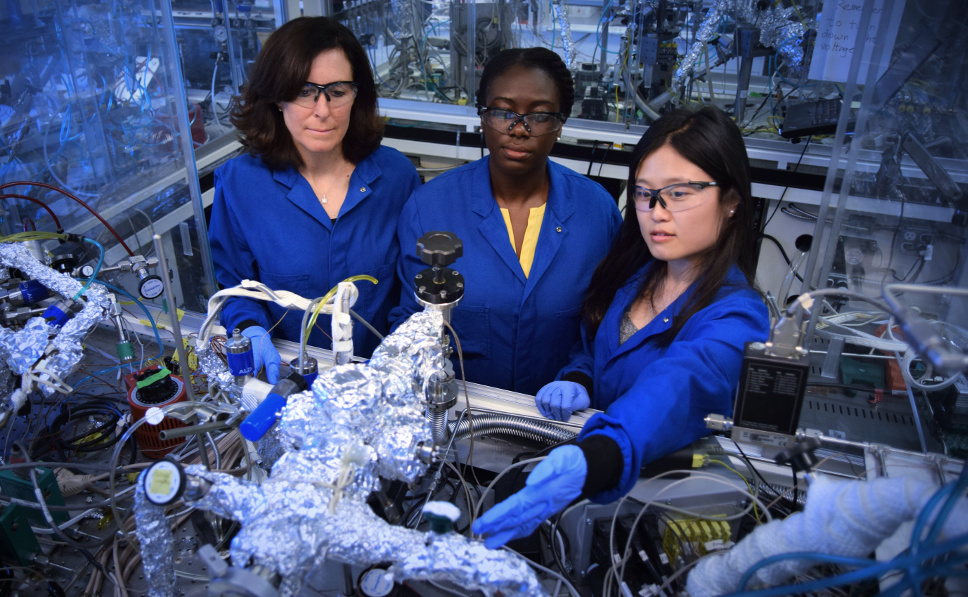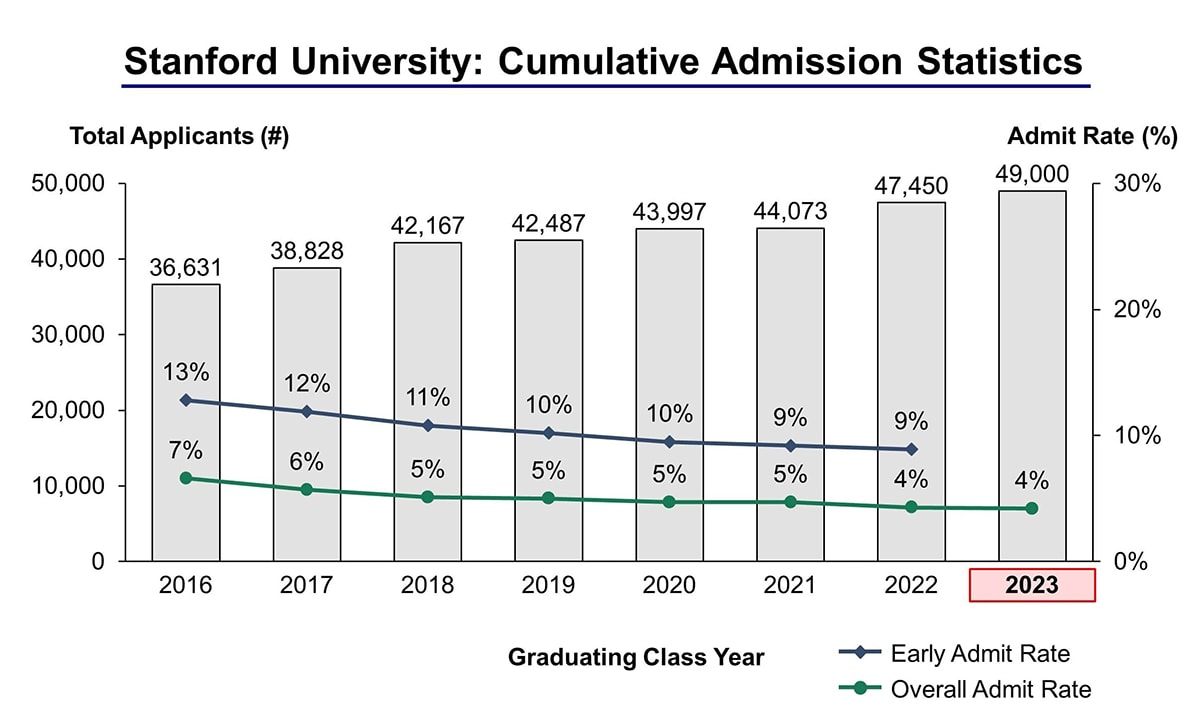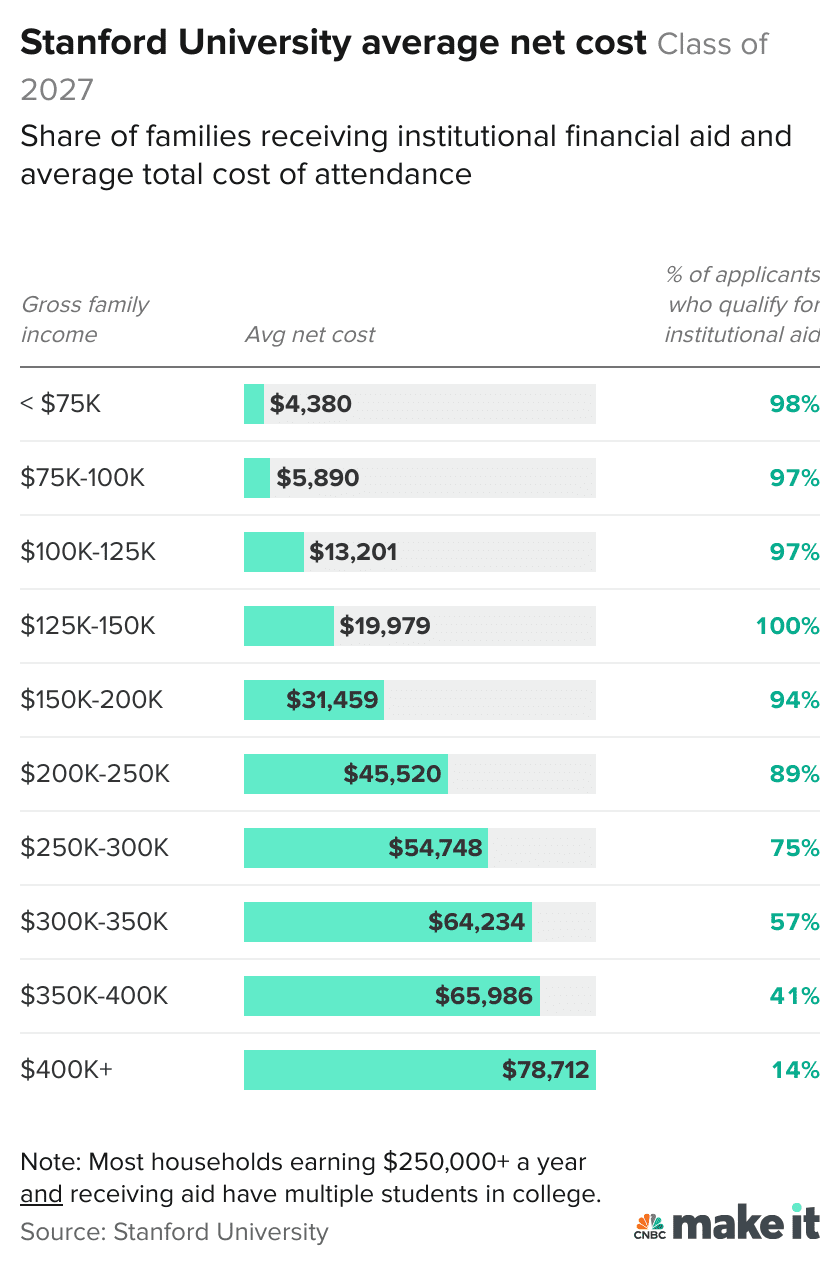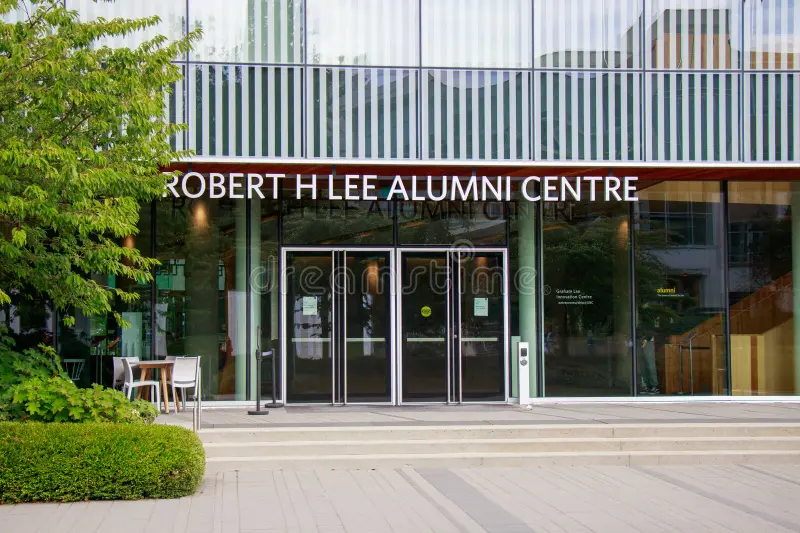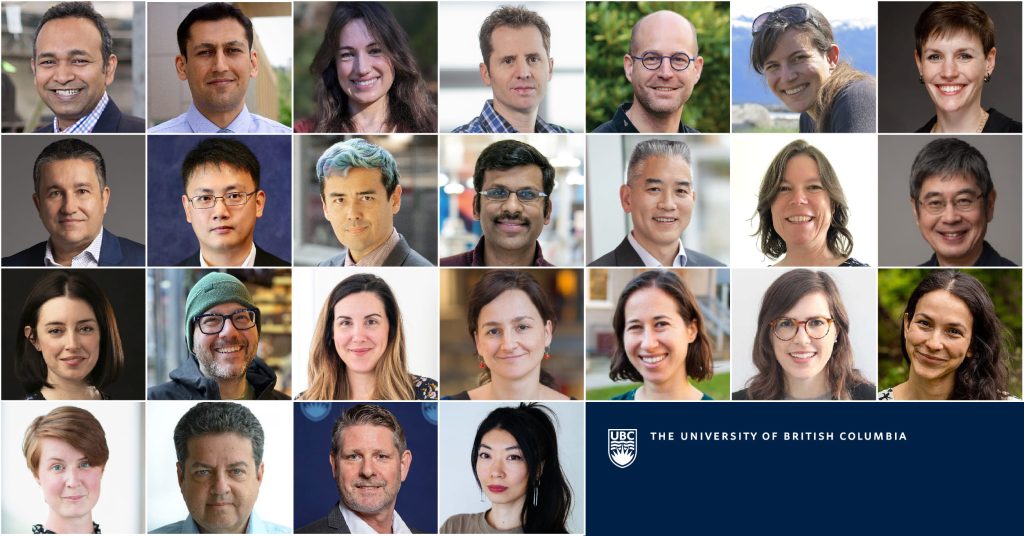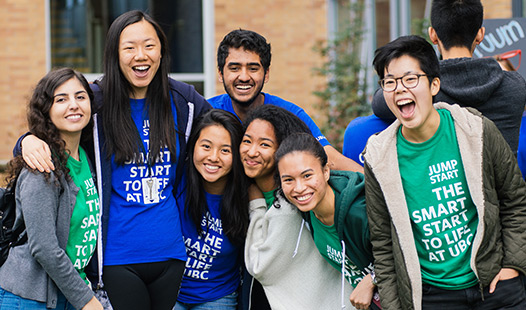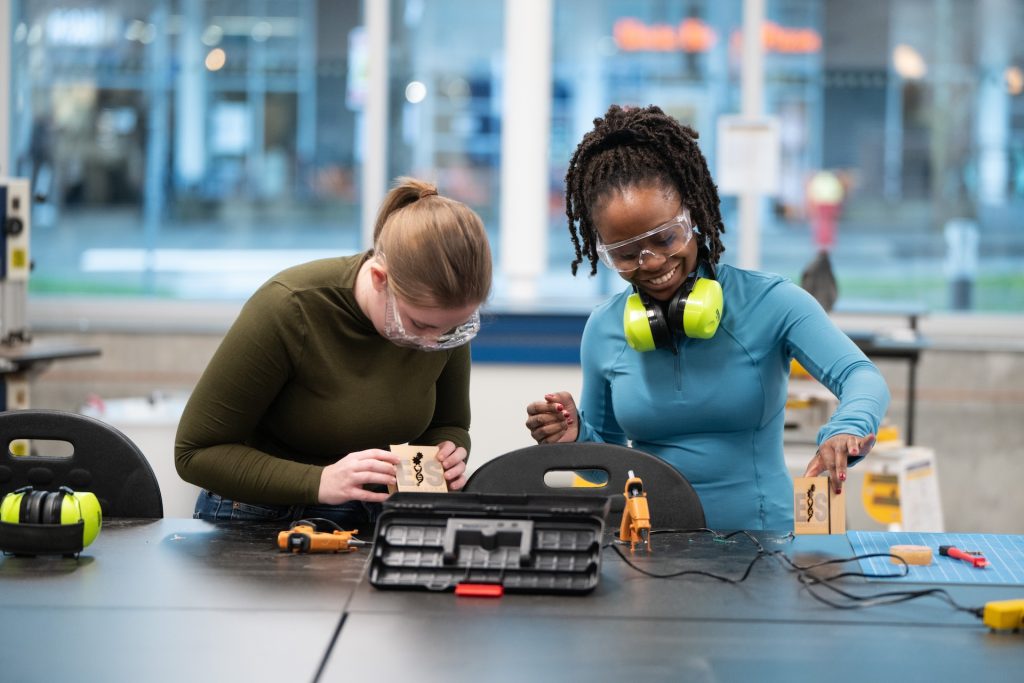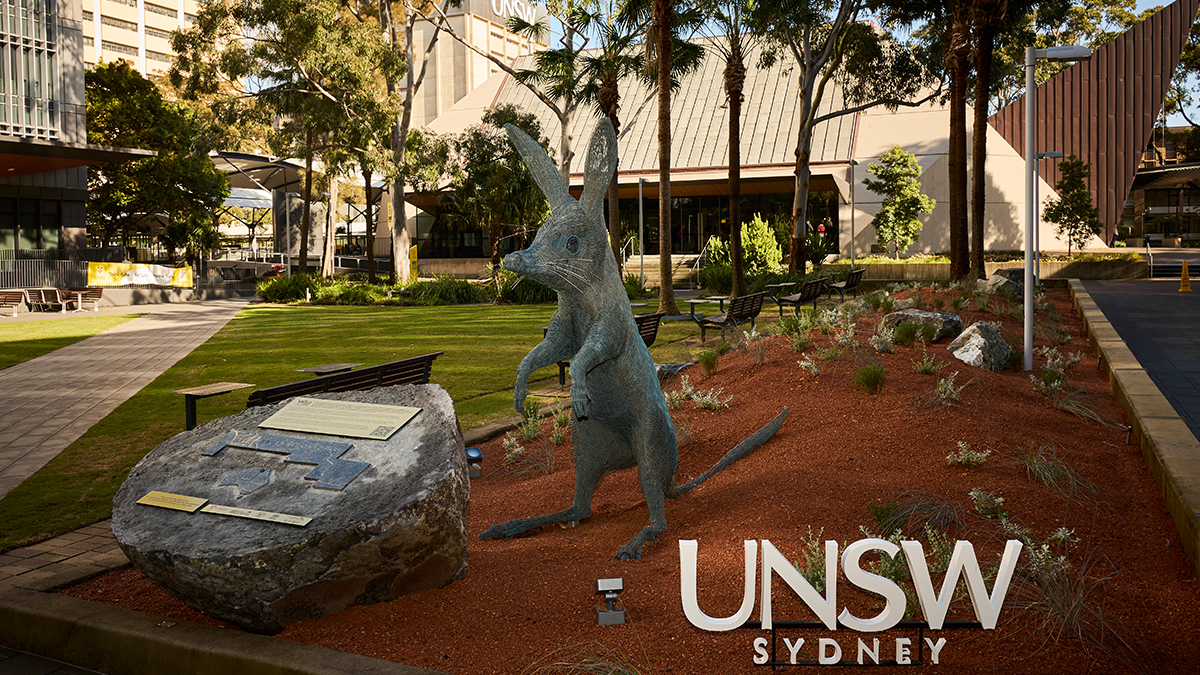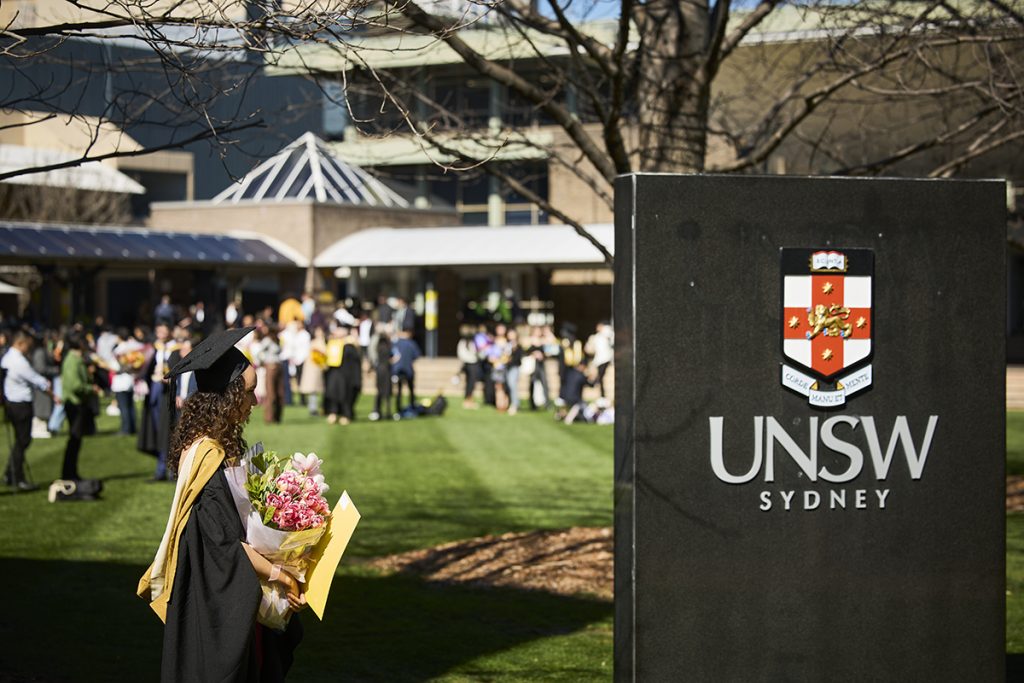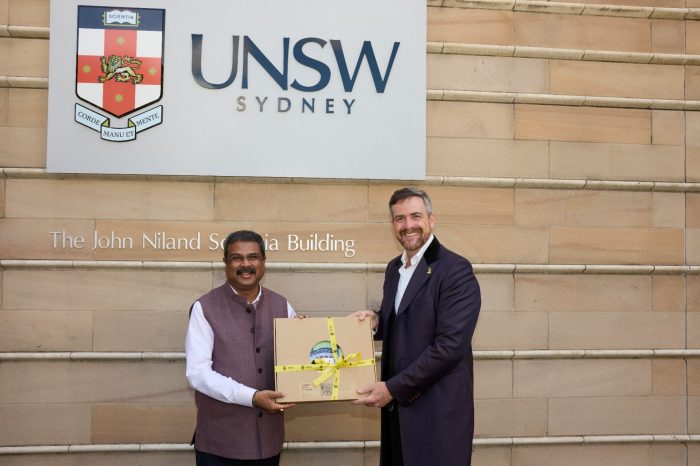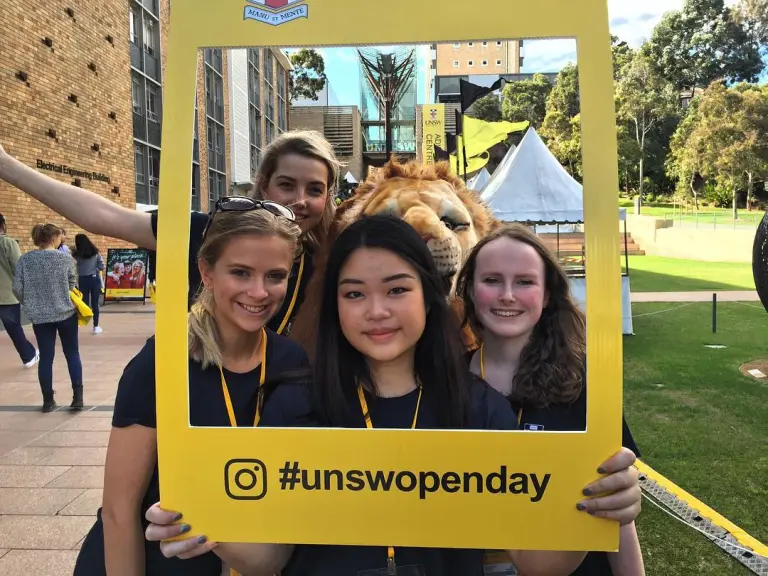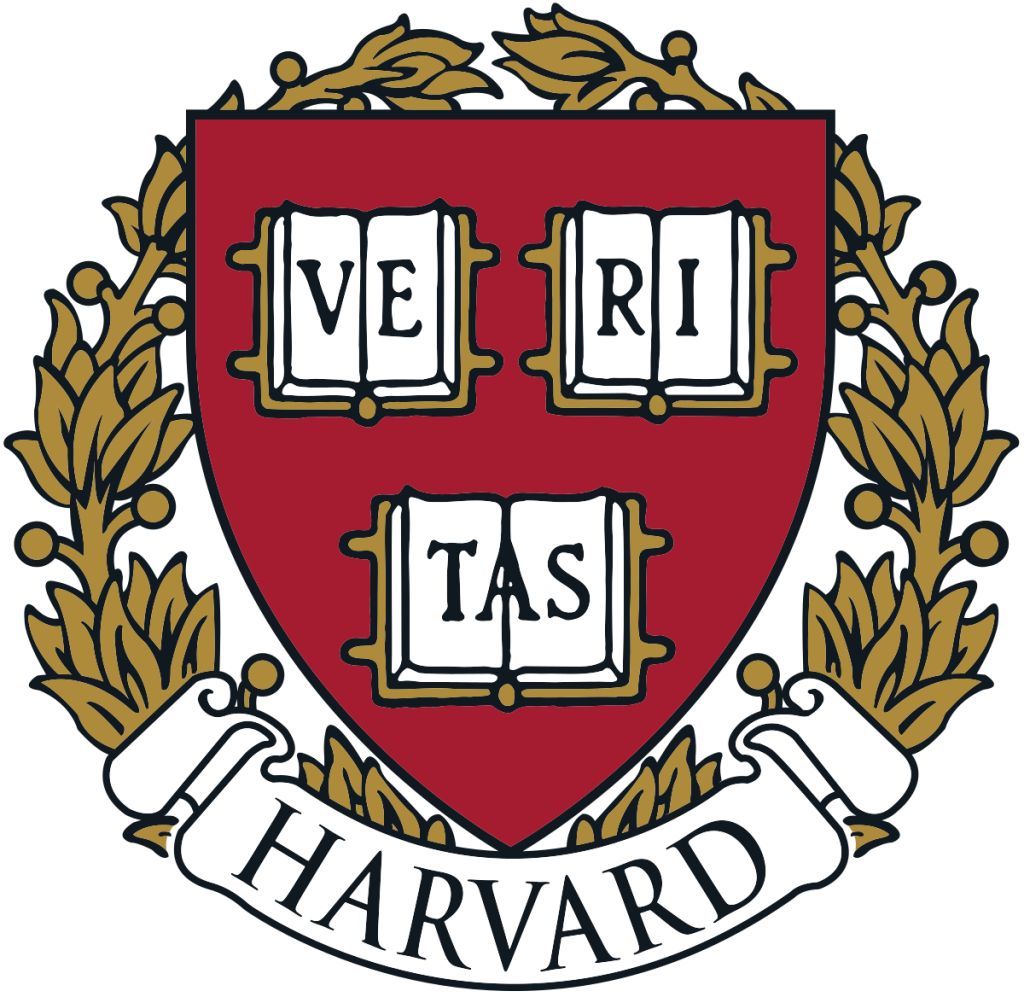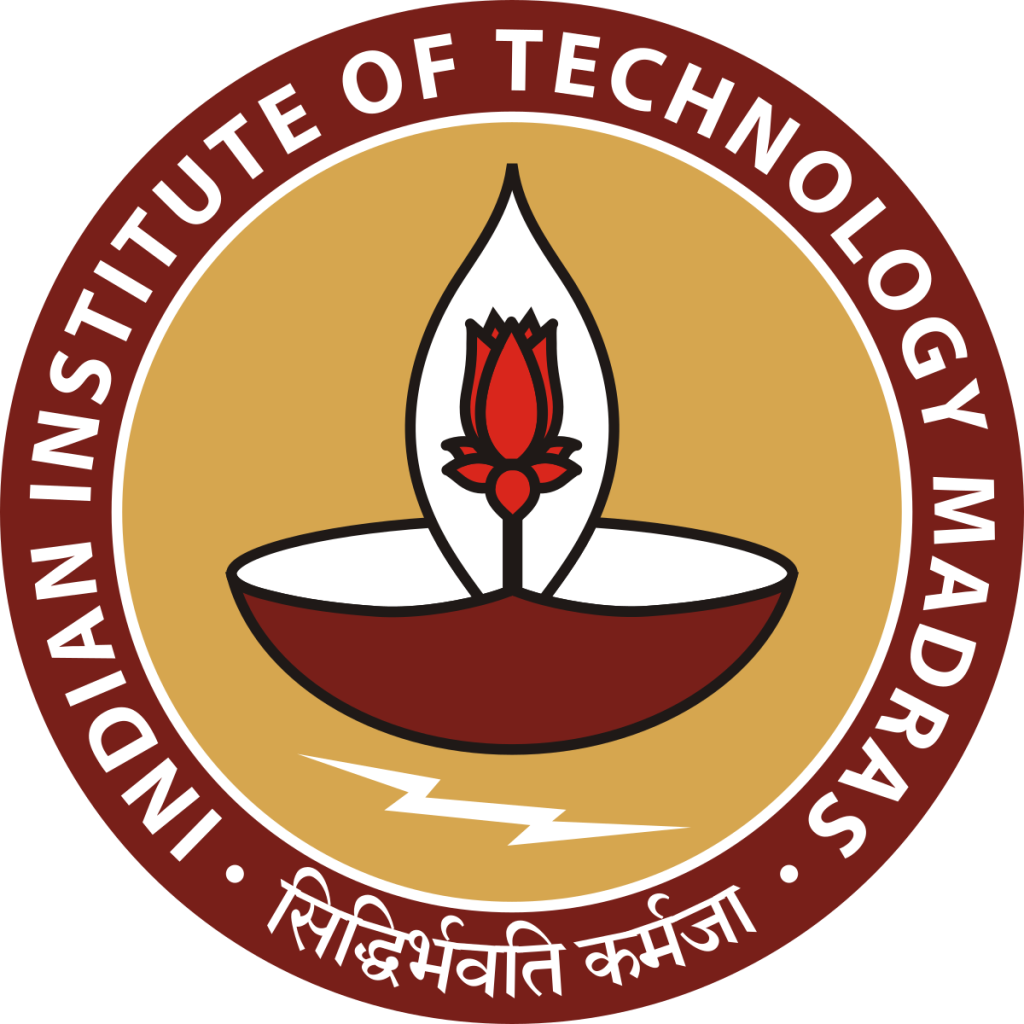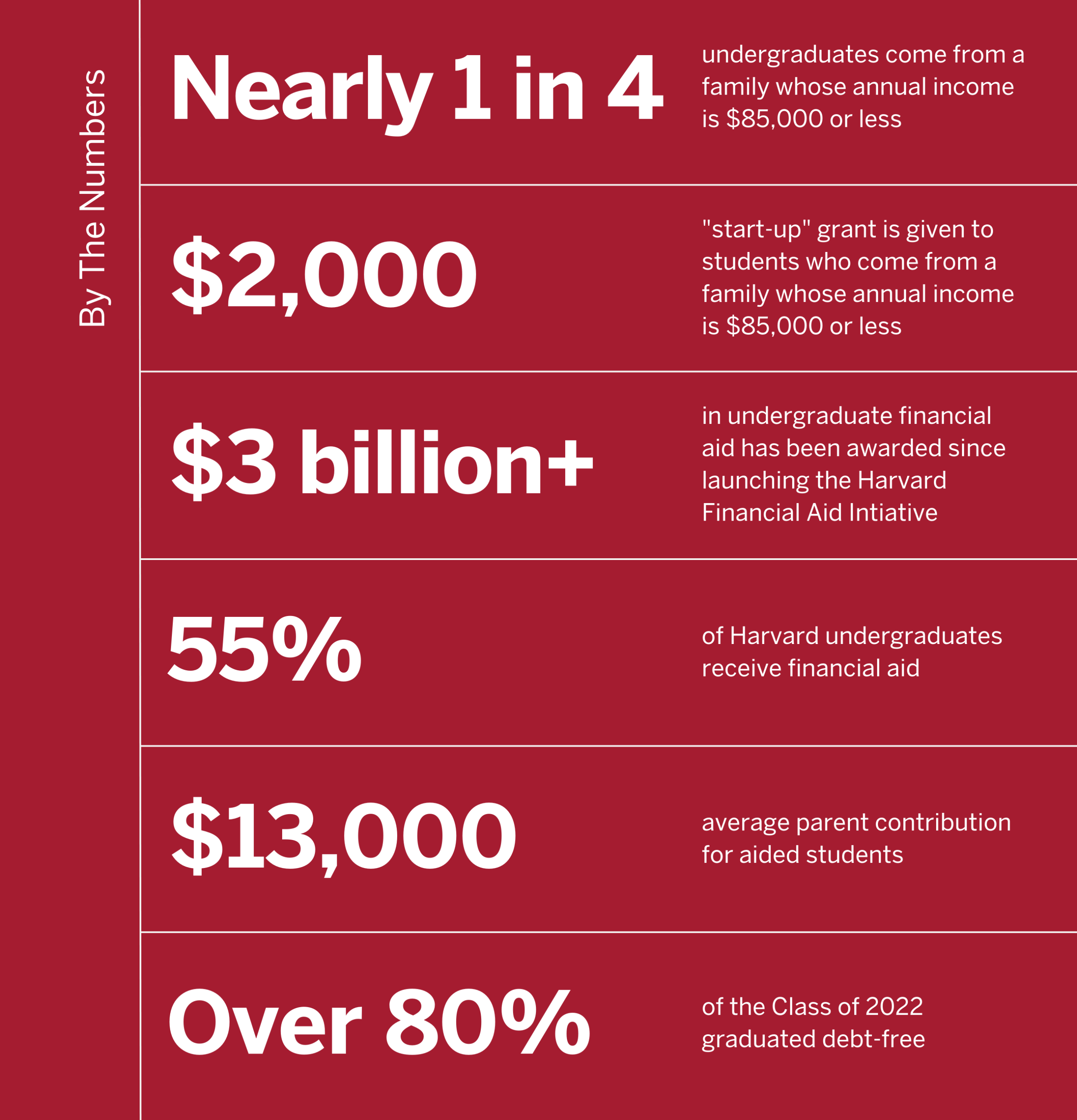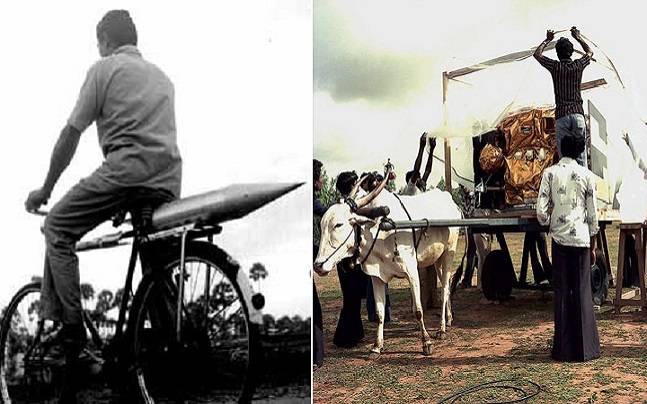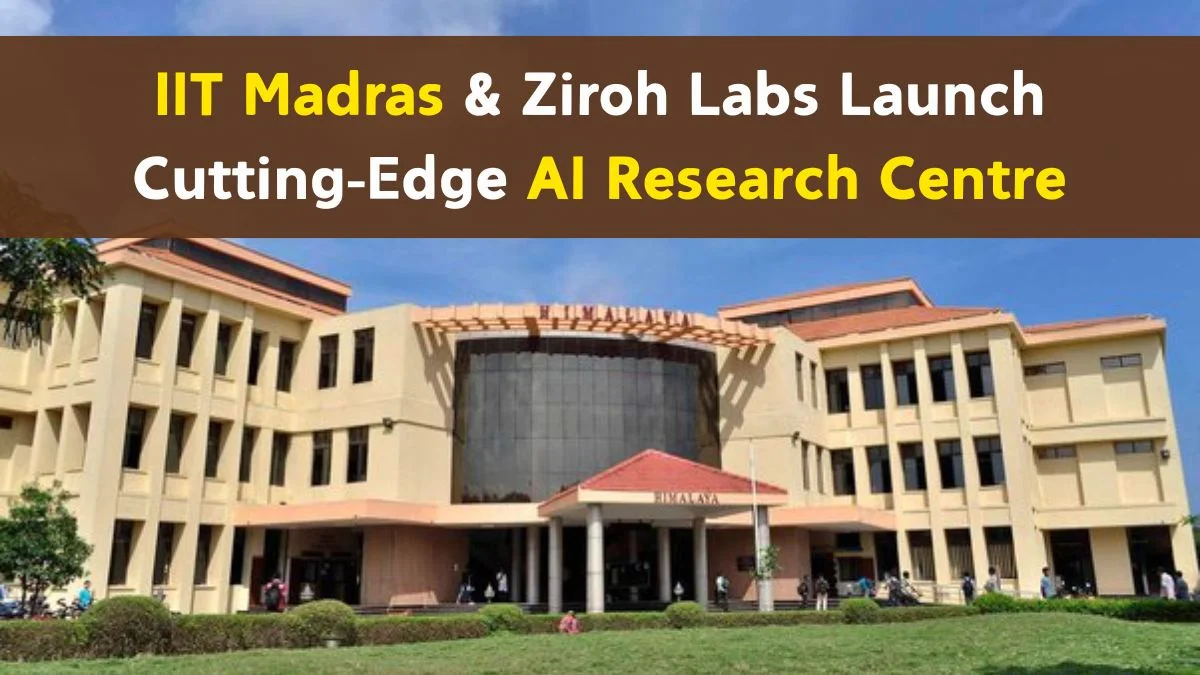
Dreaming of Carnegie Mellon University? You’re Eyeing Innovation – and Pittsburgh’s Powerhouse
Ranked #52 globally in QS World University Rankings 2024, Carnegie Mellon University (CMU) is where brilliant minds fuel tomorrow’s breakthroughs in tech, business, and the arts. From the algorithms behind your smartphone to the robots that are reshaping industries – CMU turns passion into progress.
Why CMU?
Pittsburgh – Where Steel Meets Silicon

Welcome to a city that has transformed from industrial icon to innovation hub – and CMU sits at its heart.
- #1 School for Computer Science (U.S. News 2024)
- 7,000+ companies recruit at CMU annually
- Home to the world’s first autonomous vehicle test zone
- Pittsburgh is ranked among the top 10 most livable U.S. cities (The Economist)
- Vibrant art scene, tech startups, and four true seasons (with just enough snow for drama)
Learn From the Pioneers
CMU doesn’t just teach excellence, it leads it and invents it.
- CMU’s faculty boasts of stalwarts like Raj Redd (Turing Award winner in AI), Luis von Ahn (Co-founder of Duolingo), and Fei-Fei Li (Computer vision pioneer and AI ethicist)
- A total of 20 Nobel Laureates and 12 Turing Award winners are affiliated with CMU
- 90+ centers and institutes advancing innovation in AI, robotics, cybersecurity, human-computer interaction, and more!
Research That Drives Reality
With over $400 million in annual research funding, CMU stands at the edge of what’s next:
- Autonomous systems and AI ethics shaping global policy
- Breakthroughs in cyber-physical systems, quantum computing, and healthcare robotics
- Home to the Software Engineering Institute (SEI) and the Carnegie Mellon AI Institute
- Strong industry ties with Google, Apple, NASA, Intel, and the U.S. Department of Defense
CMU’s Signature Advantage: Cross-Disciplinary Power
Carnegie Mellon is known for blending worlds – art with AI, business with engineering, psychology with design:
- The Integrative Design, Arts, and Technology (IDeATe) program fuses tech with creativity
- Computational Finance and Human-Computer Interaction are globally top-ranked
- Unique double majors and customizable interdisciplinary pathways
Career Outcomes & Internships
CMU doesn’t wait for graduation day to launch your career.
- 93% of undergraduates secure jobs or graduate admissions within 6 months
- 6,000+ internships and co-ops facilitated annually
- Global alumni network of 120,000+
- Top employers: Google, Microsoft, Tesla, Goldman Sachs, Meta, McKinsey
Post-Study Work & Global Recognition

CMU degrees are magnets for opportunity – across borders.
- OPT-friendly (offering both Pre-Completion and Post-Completion OPT, as well as the STEM OPT extension), especially for STEM degrees (up to 3 years post-study work)
- F-1 visa support and career workshops tailored for international students
- Recognized worldwide in the U.S. and beyond for elite academics and innovation leadership
CMU By The Numbers

- 7 colleges, 100+ majors, and 130+ research centers
- Ranked #1 for Undergraduate Computer Science and AI
- #4 in Best Graduate Engineering Programs (U.S. News 2024)
- Ranked top 10 globally in robotics, HCI, cybersecurity, and game design
- Student-faculty ratio: 6:1 – your ideas won’t get lost in the crowd
Getting Into CMU – Eligibility Checklist
Academic Excellence
Undergraduate Programs
| Criteria | Recommended/Expected |
|---|---|
| High School GPA | 3.8+ (unweighted) |
| Standardized Tests | SAT: 1500+ or ACT: 34+ (test-optional for some programs) |
| Advanced Coursework | APs, IBs, A-Levels highly recommended |
Graduate Programs
| Criteria | Recommended/Expected |
|---|---|
| Undergraduate GPA | 3.5+ |
| Standardized Tests | GRE required for some programs (especially CS/Engineering) |
| Additional Requirements | Portfolio required for arts-related programs |
Essentials for Grad Applicants
| Component | Details |
|---|
| Statement of Purpose (SOP) | Must be detailed, research-oriented, and specifically tailored to CMU. Highlight academic interests, relevant research, alignment with CMU faculty/labs, and future goals. Avoid generic content. |
| Letters of Recommendation (LORs) | 2–3 strong letters from professors or professional mentors who can speak to your academic and/or research capabilities. |
| Resume/CV | Should include internships, research experience, publications, leadership roles, technical projects, and relevant achievements. |
| Optional but Valuable | Links to a GitHub portfolio, research papers, project videos, or personal website can significantly strengthen your application. Demonstrates initiative and applied skills. |
How To Maximize Your CMU Admission Odds
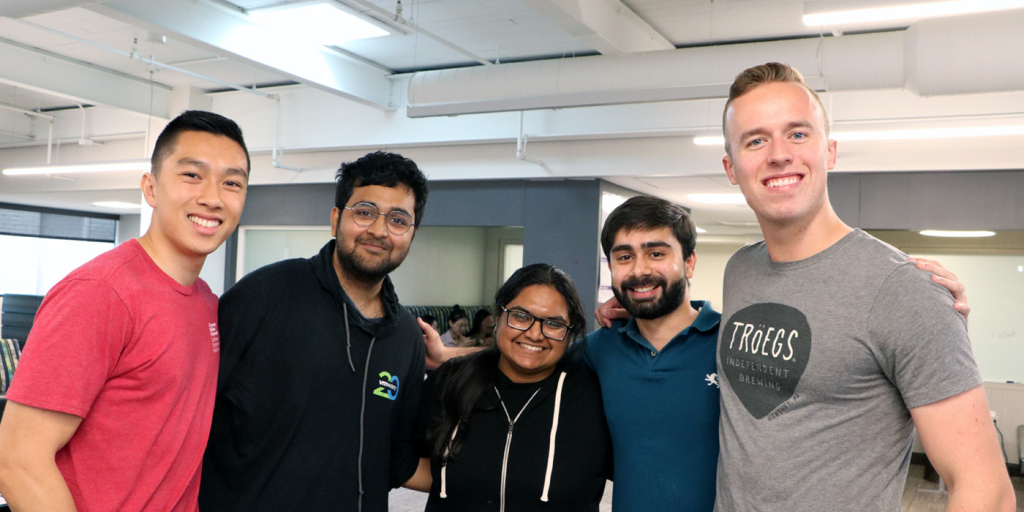
| Category | Recommendations & Key Insights |
|---|---|
| Academic Performance | Be in the top 5–10% of your class. CMU is rigorous and looks for applicants who have demonstrated strong academic ability. |
| Statement of Purpose (SOP) | Must be strategically tailored: reference specific CMU labs, professors, or projects. For undergrad, emphasize impact (e.g., building an app, winning a hackathon, founding an initiative). For grad school, research alignment with a faculty member is critical. |
| Portfolio (Arts & Design) | For programs like Drama, Art, or Design, the portfolio is your primary voice. It should be bold, clear, conceptually strong, and well-curated to reflect your artistic vision. |
Cost and Scholarships at CMU
| Expense | Approximate Cost (USD) |
|---|---|
| Tuition | $61,000 – $63,000 per year (varies by program) |
| Living Expenses | ~$17,000 – $20,000 per year |
| Health Insurance | ~$3,000 per year |
| Application Fee | $75 – $125 (depending on program) |
Top Scholarships & Fellowships

| Scholarship/Fellowship | Who It’s For | What You Get |
|---|---|---|
| CMU Presidential Fellowship | Exceptional PhD students | Full tuition + annual stipend (varies by department) |
| GEM Fellowship | Underrepresented minority students in STEM (MS/PhD) | Full tuition + stipend + industry internship |
| Fulbright Scholarship | International graduate students | Full funding (from home country + U.S. govt.) |
| Heinz College Scholarships | Master’s in Public Policy, Info Systems, etc. | Partial to full tuition waivers (merit-based) |
| College/Dept. Awards | MS/PhD applicants in CS, Engineering, Business | Vary by school; some include full funding |
Many PhD programs at CMU come with full funding. For Master’s, apply early and highlight academic excellence, leadership, and research potential. Some scholarships are automatically considered with your application – others require separate applications.
Also, CMU has an Office of Fellowships and Scholarships that helps students prep for these big wins – essays, interviews, and all.
Your CTA: Start Your CMU Story

Like this guide? Let Admitix help you craft a world-class CMU application.
With expert guidance, tailored SOP reviews, and insider strategies – your CMU dream becomes a concrete plan.
Book your consult now – because your Carnegie Mellon chapter starts with the right steps.
FAQs
Highly competitive – especially for CS, Engineering, and Design. But if you’re a focused, future-ready thinker with strong academics and a compelling story, you have a real shot.
Computer Science, Robotics, Artificial Intelligence, Drama, Design, Business Analytics, and Engineering.
Not all – but for CS, ECE, and Data Science, strong programming experience is a must. For others, analytical thinking and creativity count just as much.
Start early, know your program deeply, and build a standout SOP that shows CMU is your perfect match.
Yes, part-time campus jobs and internships are widely available. Plus, CMU’s career fairs are goldmines for networking.




